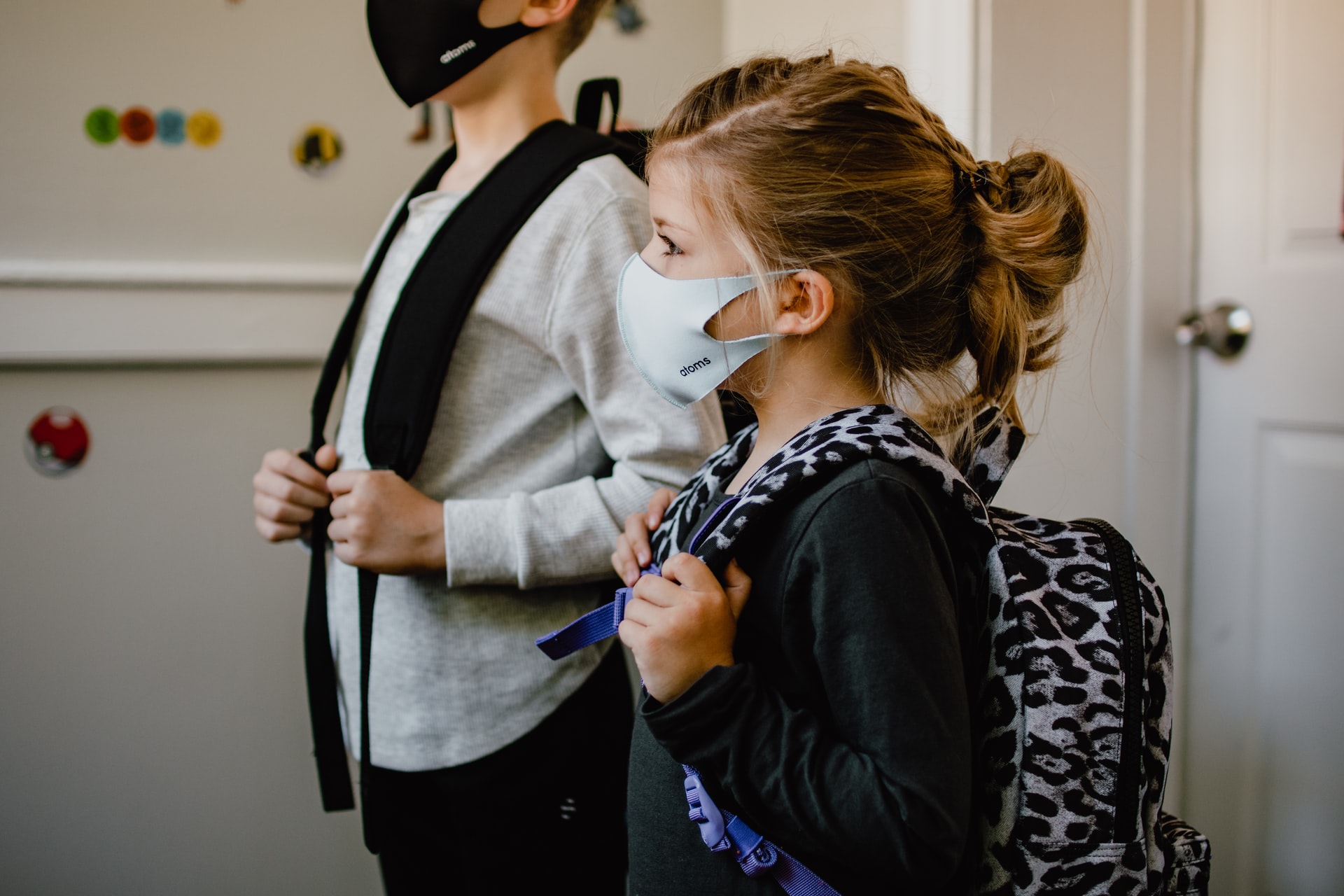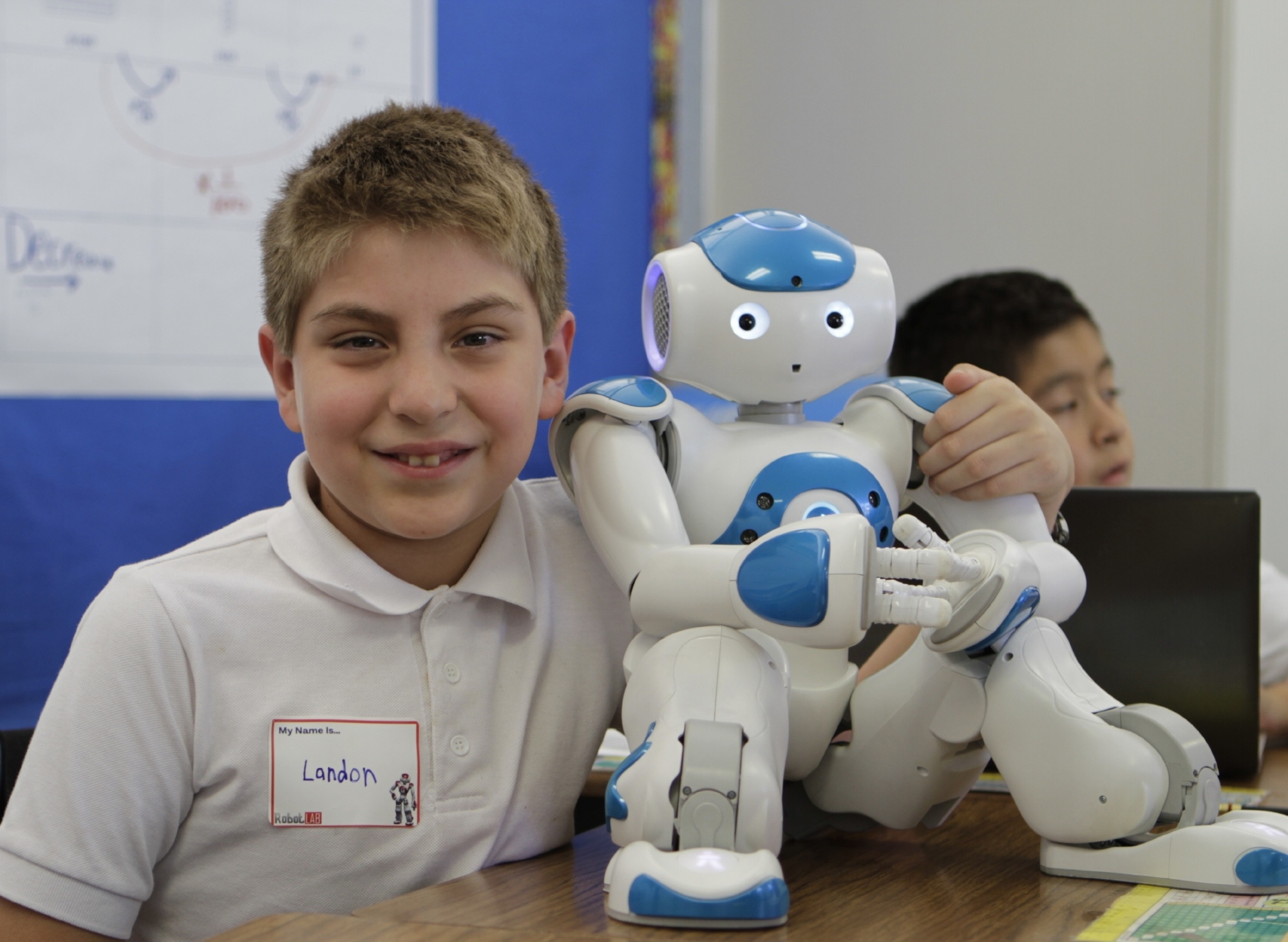 Image Source: https://unsplash.com/
Image Source: https://unsplash.com/
Some of the tools and skills that teachers used and developed last year are invaluable in the in-person classroom.
You know the story: In 2020, school buildings closed and teachers who were primed for evolutionary success (sort of) smoothly went digital, creating Canvas hubs for their classes, using Jamboard, Flipgrid, Screencastify, and other apps and extensions to attempt to replicate the collaborative energy of a physical classroom over Zoom.
You also know that many students couldn’t connect through a screen, and were starved for community, missing human-to-human contact with peers and teachers, and struggling to learn.
A year and a half after schools closed, the vast majority have opened again. After an academic year punctuated by a few months of frustrating hybrid experimentation—trying and largely failing (by my standards) to simultaneously teach 20 teens at home and six in person at any given time from a strange standing-desk cockpit—I’m back in my classroom, seeing 90–120 masked and mostly vaccinated students a day, every school day, every week, and I find myself, pedagogically speaking, inhabiting a kind of liminal space.
DO MORE WITH THE TOOLS YOU HAVE
In the Before Time, my ninth- and 12th-grade English classes were paper-based, and Canvas was just a place for students to submit essays, receive comments, and maintain portfolios. I printed and copied all materials, always filing extras in folders for the students who’d lose theirs. They answered short essay questions by hand. The annotated articles by hand. They wrote on the long whiteboard by hand with Expo markers, drafting claims in response to prompts, listing inferences about characters and plots.
From March 2020 until June 2021—what I consider the After Time—Canvas was the filing cabinet, the calendar, and the forum for written discourse. I didn’t print or distribute anything in physical form. Every student had a laptop and access to Wi-Fi, a few hiccups aside. I scanned every story and article, sometimes 80 pages at a sitting. I wrote detailed agendas for every day of each week, organizing each unit into accessible modules and designing class so that a student could see what was coming, review what had passed, and not once have to email me because they didn’t have what they needed to learn. That particular hope was too ambitious (they email anyway, and I don’t mind: It’s better to ask than accept confusion).
I loved watching their Flipgrid meditations on what they read: teenagers artfully concealed in the shadows of rooms lit by Christmas light strings, murmuring confessionals about Hamlet, There There, and “Sonny’s Blues.” I saw the benefit of using a shared and projected Google Doc table to incentivize and organize group work so that every student could interact and respond to their peers’ ideas. When they were writing anything independently, I could have a dozen documents in tabs on the monitor and watch students draft and revise in real-time, respond to questions, and identify encouraging and problematic trends.
As much as I knew this wasn’t the best way for students to learn, I felt like I was serving them well under the circumstances. I was trying to be creative and flexible to counter an unprecedented challenge, one that made all the preexisting challenges—inequity, support at home, prior knowledge, differentiation—even more challenging. I knew I was a wiser teacher for the experience, and when I started planning the present school year (against all judgment, about two weeks after graduation), I knew I would bring lessons and tools from pandemic teaching back to the classroom.
In this weird In-Between Time, students are together but shy, masked, shifting in their desks, once more jolted by the sudden blaring of bells, braving the crush of bodies in hallways. There is physical proximity now and sometimes too much of it; still, I see the value of the technology I used to compensate for not having. Organizing information online is a good thing. You can make a PDF for anything you read that isn’t a novel.
CONTINUE USING TECH TO SUPPORT LEARNING
It’s important to have opportunities for collaboration that lead to clear, preserved artifacts reflecting effort and learning—slides, pages, paragraphs, and presentations that everyone can see and discuss. A Flipgrid (or any kind of prerecorded video presentation or performance) lets introverted kids prepare for more extemporaneous public speaking. I used to write on the board with my legendarily bad handwriting, but I don’t have to anymore: I let a student take notes on a Google Doc projected on a giant screen. I could have been doing that in 2019, but I never thought to; I’m fine admitting that 2020 taught me.
Having agendas and modules on Canvas still makes sense; kids stay home when they’re sick now, whether Covid-19 afflicted or not, and now they don’t have to text a friend to find out what they missed. They’re less stressed out (and not just because I made it clear at the start of the year that their health is more important than anything). My planning is smoother since I’m ironing out individual lessons a week in advance, because, as with last year, I pledged to students that they’d never start a week without knowing the plan for each day. I can even welcome students’ grown-ups to join the course as observers and follow along with the units.
As a fairly adventurous teacher and a modestly adept user of technology, I feel more emboldened to try what before might have intimidated me. Or at least felt like more risk than reward. The experience of learning new programs to survive makes me willing to learn new ones for enrichment. The podcasting unit I’ve always wanted to do is less daunting now that I have a documented history of mapping unfamiliar territory on a weekly basis. This comfort with momentary discomfort now feels inseparable from my identity as a teacher.
FIND A BALANCE BETWEEN ANALOG AND DIGITAL
The temptation was to go back to the Before Time, to simply unearth the old lesson plans in binders, the ones graffitied over with notes, but it feels odd to imagine forgetting what I’ve learned since. It’d be just as weird to insist on still entirely communicating and collaborating through devices when 30 people are sitting in a room together. It doesn’t make sense to cling to some shiny new object—an app, a program, laptops for every kid—when its utility has diminished. Reading and writing on paper are really important for students.
Annotating with a pencil provides a tactile interaction with a text; it’s more fluid than any app; it helps students build relationships with what they read. In this In-Between Time, it’s important to strike a balance between the analog and the digital, to marry what has always worked with the innovations born of dire necessity.
Teaching in the Classroom with RobotLAB!

For over a decade, RobotLAB is leading the Educational Robotics market with an innovative approach that makes Robotics and VR truly useful in the hands of educators. Our passionate team will guide you from point A to Z and beyond. Choose your product of interest below


